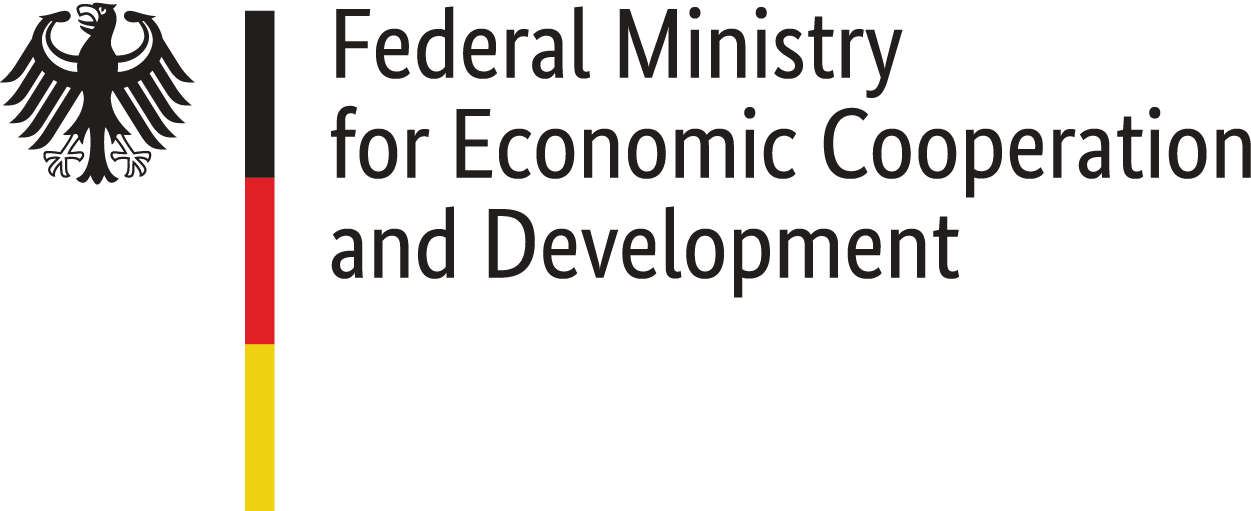Public spending
The State’ role as major advertiser
The absence of a legal framework that regulates the use of public funds for state advertisement in media, combined with selective distribution of these funds to buy editorial support for government actions, reveal a high risk of political control and silencing of criticism through the allocation of public money.
In 2016, after President Michel Temer’s arrival to power, many accusations in different media have dealt with the alleged discriminatory handling of official advertisement. The newspaper Folha announced that the federal government has asked the Deputies to hand over lists of regional media convergent with their interests in order to advertise there in favor of the social security reform. Glenn Greenwald’s The Intercept portal revealed that, after Temer’s meeting with the television network SBT’s owner Silvio Santos, the channel and its most famous host, Silvio Santos himself, initiated a campaign to defend the government’s reforms. Estadão, another newspaper, which defends Temer’s reforms in their editorial line, put it this way: “The government’s offensive to attract support to the social security reforms now uses the distribution of federal funds for advertisement, especially for radio and TV. The strategy […] is to make popular broadcasters and hosts, especially in the Northeast, explain the proposed changes in a positive perspective. The communication vehicles which adhere to the campaign will be entitled to federal advertisement”.
The institution that used to be officially tasked with monitoring state advertisement information, IAP (Advertisement Monitoring Institute), under the Presidency of the Republic’s Social Communications Secretary, was closed in May, 2017 and thus left a void, representing a major setback of data transparency regarding the government’s and public companies’ advertisement.
Despite the quite obvious goals of government PR to following political affiliations and affinities, some normative “technical criteria” for the distribution of state advertising have been adopted over one decade ago. According to them, publicity strategies should in general consider the audience and maximize reach according to the investment. The Normative Instruction 7 by the Presidency of the Republic’s Civil Office, of December 19th, 2014, refers, amongst other, to technical criteria but also provide guidelines for the planning of media actions (Article 7):
“I – using technical criteria for the selection of media and communication vehicles and diffusion;
II – decentralize the investment by media and vehicles;
III – value regional media and communication vehicles programming diffusion”.
This instruction also further defines the technical criteria (Article 8) as: “I – using technical market research and data to identify and select the most adequate programming, according to each publicity action’s characteristics. II – investments destined to each vehicle should consider the respective audiences, based, whenever possible, in market technical data, researches or media studies; III – be oriented by a wide programming always when other vehicles with regular situation exist in the Midiacad”.
Without abandoning these criteria, a movement to allocate public advertising to regional media was implemented during both tenures of President Lula. During that period, the number of media outlets which received funds grew by 961%, jumping from 21 TV channels and 270 radio stations to 297 TV channels and 2,597 radio stations in 2009.
After the deposition of President Dilma Rousseff and the arrival of her successor Temer, the “technical criteria” became a tool for the government to suspend the financing of most media critical to Temer already in his first week in government. Since then the alternative media’s share of public allocation dropped to 0.6% of the Secretary’s budget.
Cross reference of audience data and advertisement allocation reveal wide contradictions with the so called “technical” criteria. A sample of our universe of media outlets has been analyzed in relation to discrimination of advertisement grants, based on data solicited through the Lei de Acesso à Informação (Public Information Access Law) and organized by journalists of website Poder360.
The data reveal significant distortions in 2016: as an example, Veja magazine (Grupo Abril) received 50% more in relation to their readership; O Globo newspaper (Grupo Globo), 66% more; and Época magazine (Grupo Globo) 83% above their proportional readership. The TV Band network (Grupo Bandeirantes) received advertisement funds which correspond to 95% more than what would be proportional to their audience. In the same direction, a survey by Blog O Cafezinho, revealed the raise in funds destination for vehicles that supported the impeachment of Dilma Rousseff and Temer’s government: the newspaper Folha de S. Paulo received a 121% raise, the newspaper Estado de S. Paulo, a 229% raise, Revista Época, 252%, Revista Veja, 489%, TV Record, 510% and Revista IstoÉ, 1384%. In 2017, a single campaign, the government’s campaign for the approval of the social security reform, used up R$ 100 million, 55% of the total of R$ 180 million predicted for publicity campaigns in the year.
Also at State and municipal levels there are accusations of other forms of arbitrary state financing, such as the subscription of magazines for the distribution in schools without a public bid.
The absence of regulation for the usage of public advertisement funds at all levels might become a risk to the plurality of voices and opinions: allocation of these spendings might politically discriminate dissenting voices, and media might be incentivised to support occasional government policies in their editorial lines. All in all, the lack of regulation reinforces media concentration towards the already large media groups alongside the state advertisement allocation.


